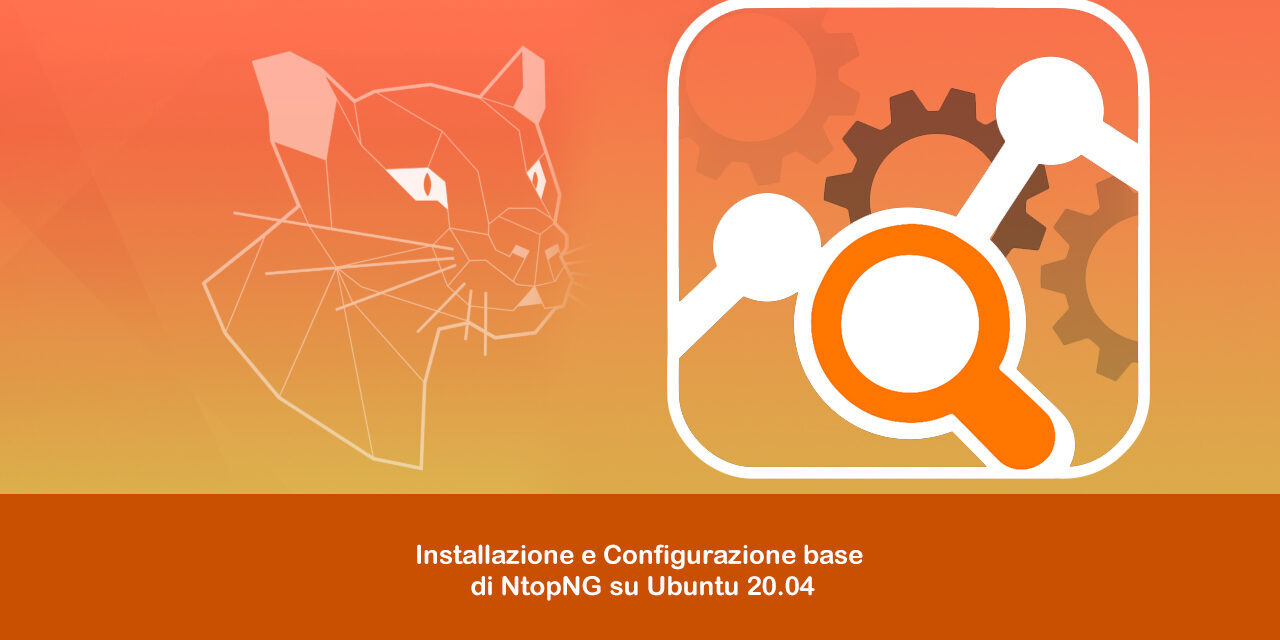

Now that you have all the information you need you can install the new nProbe service with your own network settings. This will spit out a lot of information so, you will need to locate the “Available interfaces” section and identify which interface is receiving the mirrored traffic and locate the corresponding interface index number. You can find out how nProbe indexes your current interfaces by using the command prompt from the nProbe directory and running the following command: The interface on your nProbe server that’s receiving network traffic.NetFlow collector IP address and port number.Now, in order to setup your own nProbe service to send NetFlow you will need to gather the following information: Using the command prompt, navigate to the nProbe directory and remove the default nProbe service, named “-n”, by running the following command: You will need to remove this service and create one that meets your needs. When Windows nProbe is installed on the server it creates a nProbe service that’s configured with default settings. One way this can be accomplished is by placing your nProbe server on your core router or switch that passes all traffic out to the internet then, mirror the traffic on the internet port to send to your nProbe server as shown in the diagram below.Īfter you’ve gotten your Windows nProbe server physically setup on your network you will need to install the latest version of the Windows nProbe software.Īt this point the Windows nProbe server is ready to be configured to send NetFlow. The first step is to strategically place your Windows nProbe server on your network where it can capture all of your traffic.
#NTOPNG WINDOWS HOW TO#
I’ve put together a guide on how to configure a Windows nProbe to send NetFlow v5 to your favorite NetFlow collector and analyzer. You’ve installed Scrutinizer only to find out that your network hardware doesn’t support NetFlow or sFlow what now? If you’re in this situation then you’ve come to the right place.


 0 kommentar(er)
0 kommentar(er)
